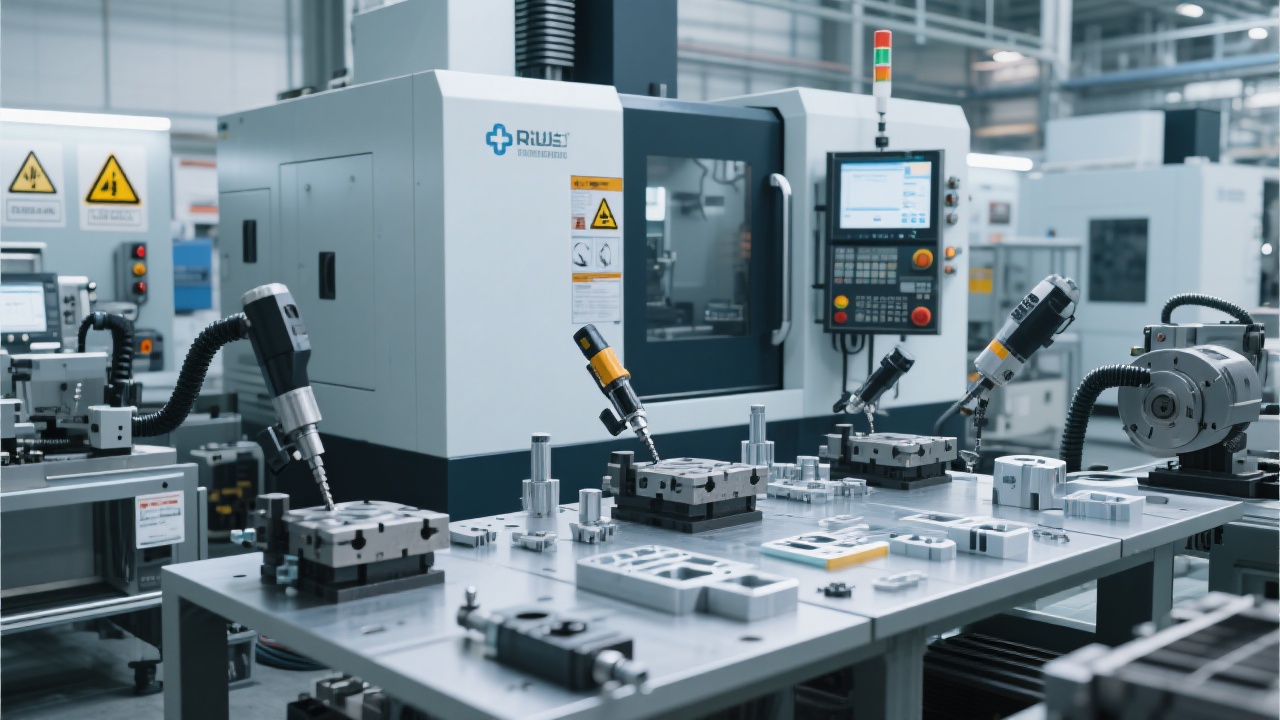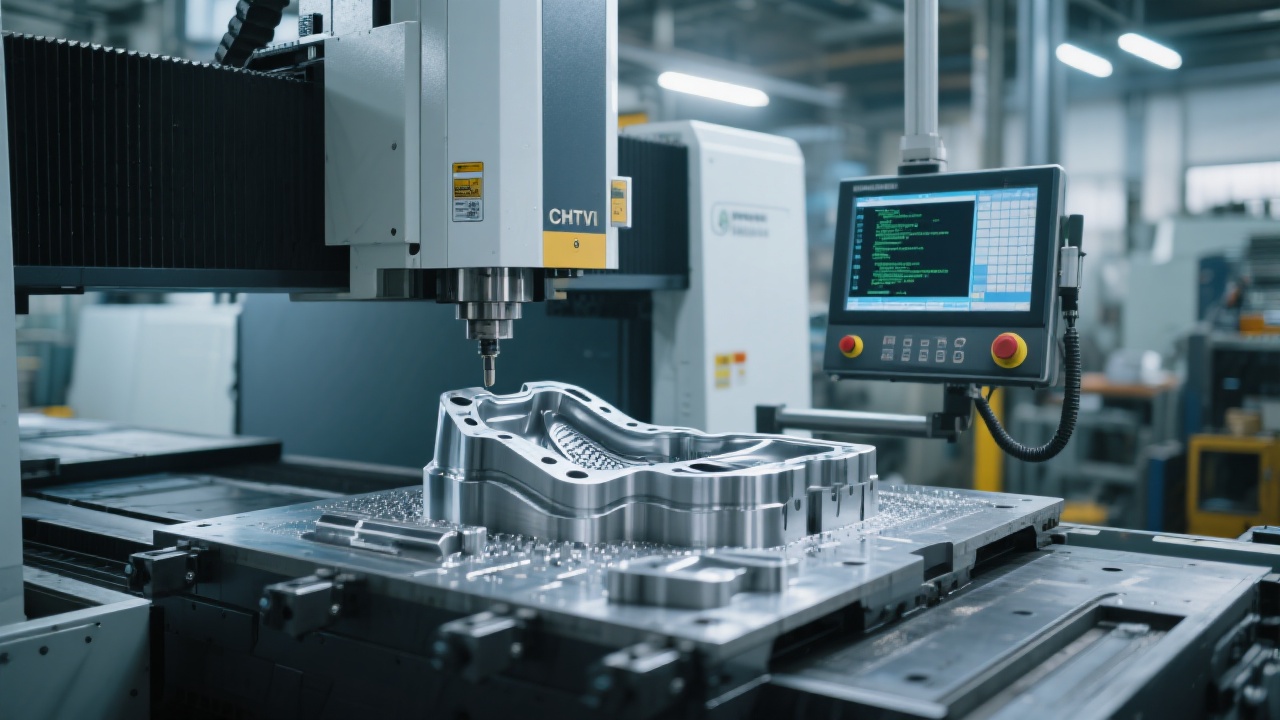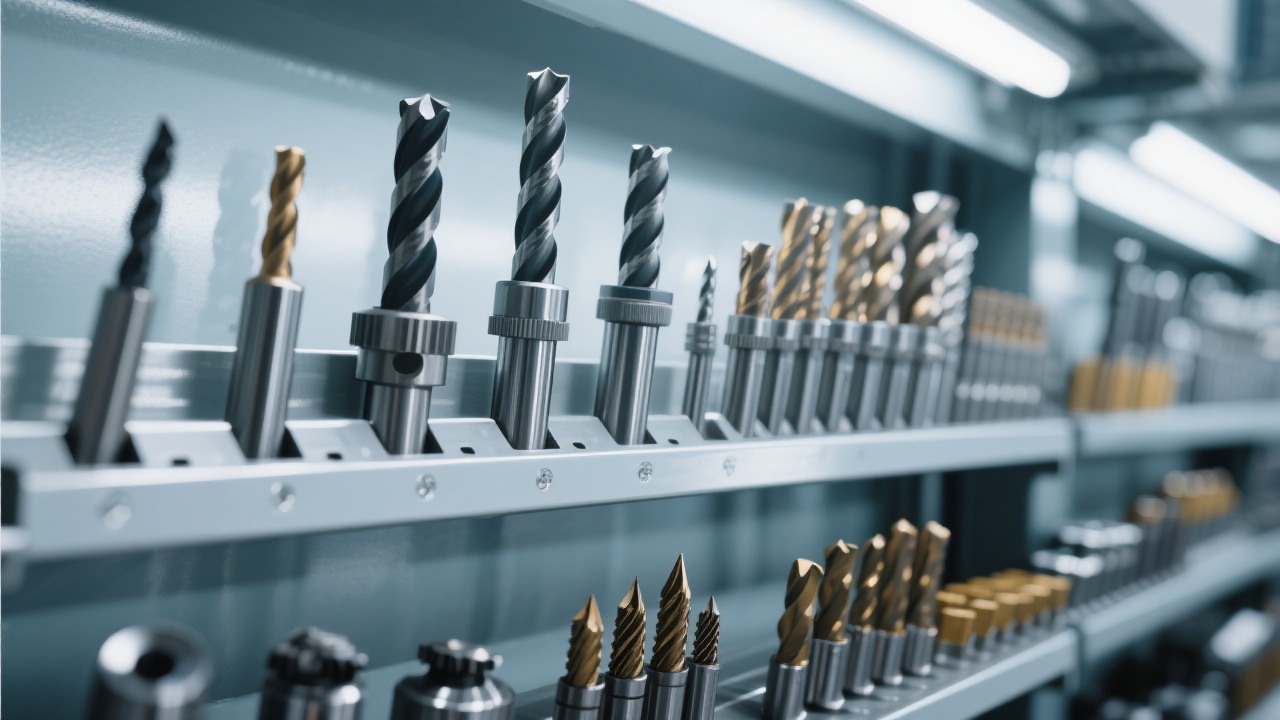
In the field of graphite material processing, dust pollution has always been a significant challenge that threatens both equipment longevity and processing precision. Understanding the harm mechanism of graphite dust and implementing effective control measures are crucial for enterprises aiming for stable production and green manufacturing.
Graphite dust generated during the processing of graphite materials can cause severe damage to machine tools. When graphite dust enters the internal components of machine tools, it can have a significant impact on both electronic components and mechanical structures. For electronic components, graphite dust can adhere to circuit boards, leading to short - circuits and malfunctions. According to industry statistics, in workshops without proper dust control, the failure rate of electronic components in machine tools can increase by up to 30% due to graphite dust. In terms of mechanical structures, dust can enter the gaps between moving parts, accelerating wear and reducing the accuracy of the machine tool. For example, in some graphite processing plants, the wear rate of guide rails can double without effective dust prevention measures.

The DC6060G dry vacuum graphite machining center features a full - sealed cover structure, which plays a core role in dust isolation. The technical principle of this structure is to create a closed space around the machining area, preventing graphite dust from spreading to the external environment and the internal parts of the machine tool. The full - sealed cover is made of high - strength and wear - resistant materials, which can effectively withstand the impact of graphite dust. Through this design, the dust isolation rate can reach over 95%. Compared with traditional open - type machine tools, the DC6060G significantly reduces the probability of dust entering the machine tool, thereby significantly extending the equipment's service life and reducing downtime for maintenance.
The dust - collection device of the DC6060G is another key part of dust control. Its working process is as follows: First, the negative - pressure system in the dust - collection device sucks the graphite dust generated during processing into the dust - collection pipeline. Then, the dust is filtered through a high - efficiency filter, and the clean air is discharged back into the workshop. The cleaning efficiency of this dust - collection device is extremely high, and it can reduce the dust concentration in the workshop to less than 1mg/m³. In contrast, traditional dust - treatment methods, such as simple exhaust fans, can only achieve a dust - removal rate of about 50%, and the dust concentration in the workshop often remains at a high level, which is harmful to both equipment and workers' health.

To ensure the long - term and stable operation of the DC6060G, daily maintenance is essential. Here are some practical maintenance guidelines:

The DC6060G dry vacuum graphite machining center, with its full - sealed cover structure and high - efficiency dust - collection device, provides an effective solution for graphite dust control. By following the daily maintenance guidelines, enterprises can further enhance the performance of the equipment and ensure stable production. Continuous optimization of the maintenance strategy is also crucial for improving the equipment's service life and processing consistency. Do you have similar dust - control problems in your graphite processing industry? Share your specific scenarios with us, and we'll send you 3 case studies of dust - control solutions from the same industry. Learn More

